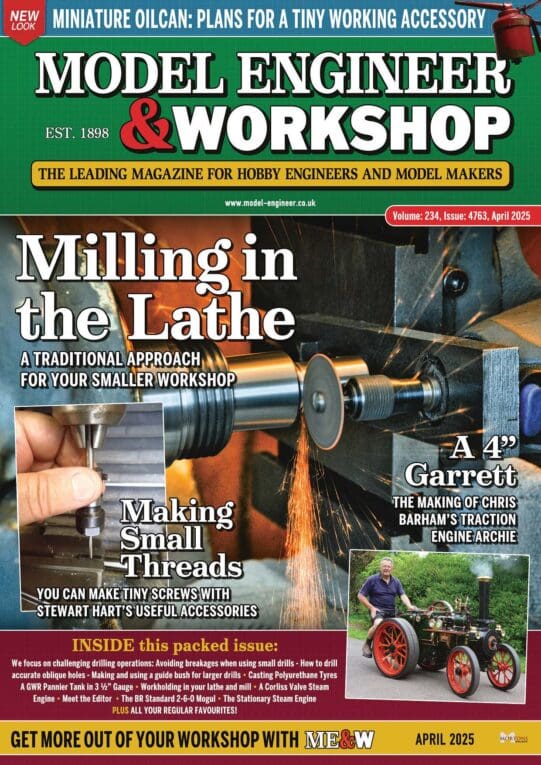I too worked in the steel wire and wire rope industry for all my working life. As a management trainee, in 1961 I was sent to a wire mill in Warrington one of whose products, believe it or not, was pinion wire.
This particular mill was antiquated even in 1962. Whilst in our main mills in Doncaster an Cleckheaton we were drawing wire at high speeds through tungsten carbide dies on multi hole machines at Warring ton they were still using old fashioned draw plates or if I recall correctly they were known locally as whortle plates.
Wire drawing was in those days clearly divided into mild steel (below 0.40% carbon content) and high carbon, high tensile steel wire used for rope makinf and spring making principally. To produce high carbon steel wire in those days you needed the "patenting" furnaces referred to in Mark C's post. The mill at Warrington did not possess the patenting furnace and was due for closure. Not before I learned something of the old fashioned way of wire drawing.
Wire drawing consists of pulling the wire through a hole smaller than itself, if you see what I mean.
The hole is trumpet shaped and the trumpet is there to draw in the lubricant which was soap. The whortle plate was, from memory, a couple of inches thick and about 18" x 6" and had a series of holes in rows along its length. The entry holes were quite large compared to the size of the wire that was to be drawn.. The bottom of the lagge hole started off blind and the appropriate hole was made in it using punches and files. The wire drawer, a very highly skilled man, made all his own tools. The trade was so respected in Warrington, a wire town, that some pubs had bars that were only accessible to fully skilled men.
This method of plate drawing was used in the early days for drawing round wire until the tungsten carbide die came along however it remained for mild steel shaped wire because of its versatility.
Shaped wire started off round and the shape of the hole through which it was pulled was progressively pulled were gradually altered until the final shape was arrived at.
I surmise, as I never consciously looked at pinion wire production, that the round gradually became a polygon of the same number of sides as the number of leaves of the pinion. The sides of the polygon would then begin to take the shape of the pinion. The progression would be down to the skill and experience of the wire drawer. Sizes and shapes would have been determined by drawing soft annealed copper wire through the did.
One of the the thing that sticks in my mind was that the whortle plate was made of a very high manganese content steel. When the die was not drawing to size the steel was anneale and then "banged up", that is the back side of the die was whacked with a ball pein hammer to close up the hole, the high manganese content ensured rapid work hardening to give longevity to the reformed die hole.
Which reminds me the shaped wire was given several annealings during the course of its transformation from round to pinion shaped.
It was all 50 odd years ago and I don't think I knew then the full implications of "pinion" wire. We also made "pippin" wire which apparently was used as the knife edge for weighing scales or should I say balance.
colin hawes.




